Climate science
-

While we all know about lightning on Earth, did you know that Jupiter also has lightning? It was first observed over 40 years ago by NASA’s Voyager 1 spacecraft. Recent observations have shown that lightning on Jupiter behaves very much like lightning on earth with step-wise progression of the strokes. They determined this from radio…
-

A new journal article on forecasts of drought at extended time scales in the Western US has just been released by Water Resources Research. It discusses the use of machine learning to predict drought in the western half of the country at spatial scales as small as 4 km in size up to three months…
-
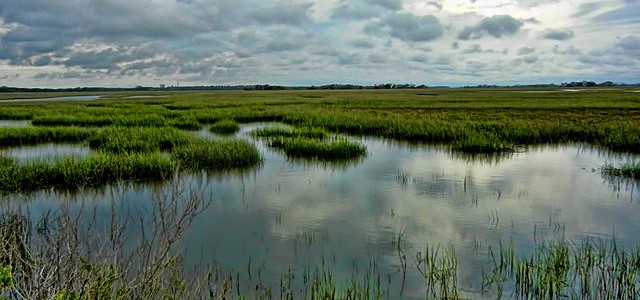
Project Drawdown provides many practical solutions to reduce greenhouse gas emissions that are already available and financially viable. Since the best way to reduce the future impacts of climate change is to prevent greenhouse emissions from occurring in the first place, we can all use these solutions do our part. A number of these solutions…
-
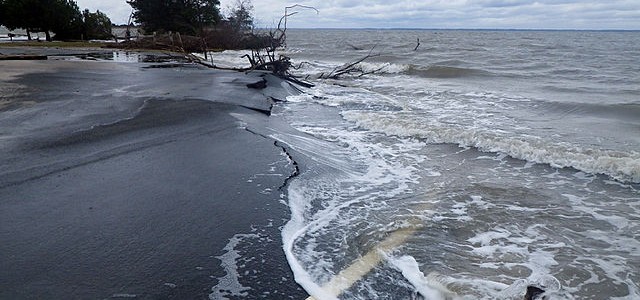
There have been a lot of stories in the news recently discussing various aspects of climate and its impacts on society, including agriculture. Here are some of my favorite ones. Tulane News: Study finds record-breaking rates of sea-level rise along the U.S. Southeast and Gulf coasts since 2010 Wired: One City’s Escape Plan From Rising…
-
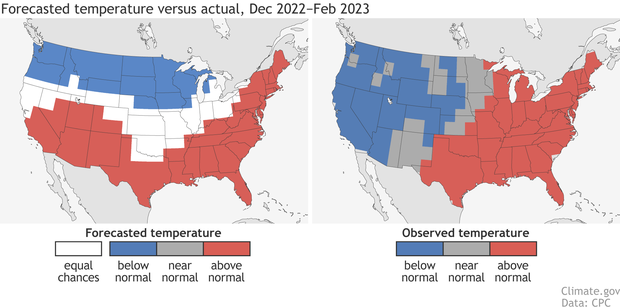
Every year in the ENSO blog, NOAA climate forecasters look back at the prediction for last season and discuss how good it was. This keeps them honest and shows that this year, the prediction was quite good, especially for the Southeast. As usual, temperature is easier to predict and get correct than precipitation, and that…
-
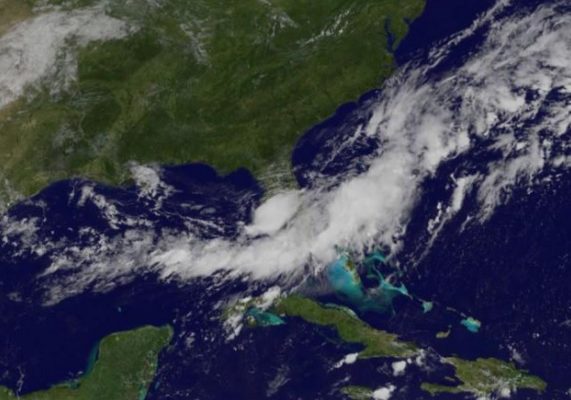
A study published in February 2023 in the American Meteorological Society’s Journal of Climate quantified a 50-year warming trend in the surface water of the Gulf of Mexico. The rate is twice the rate that the global ocean is warming. This is important to us in the Southeast because of the economic and environmental impacts…
-
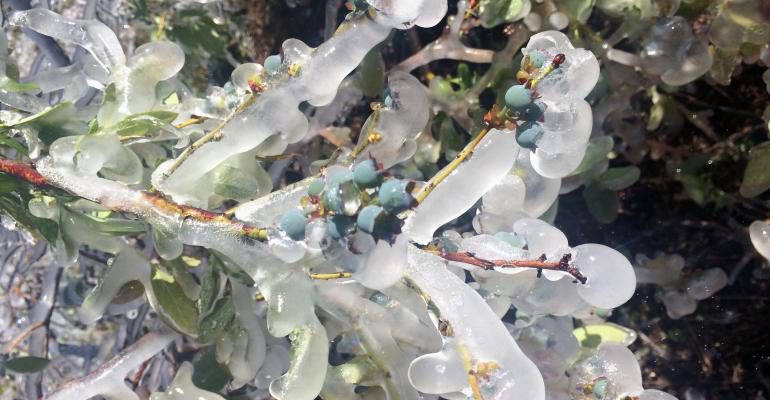
I posted this information about frosts and freezes in the UGA Viticulture blog today after getting a request from a grape grower in northern GA. Clearly, it has been on the mind of a lot of growers this week due to our return to cold conditions after a very warm February. This is some information…
Posted in: Climate science